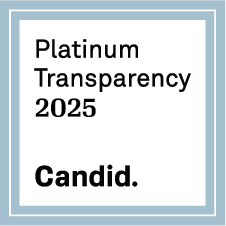Design a Pollinator Garden
More from this collaborator
Design a Pollinator Garden
Grades K - 8
50 Minutes
Overview
Featured in These Collections

Design a Pollinator Garden
More from this collaborator
Grades K - 8
50 Minutes
Overview
More than 85 percent of flowering plants require an insect for pollination, which allows for fruit and seed production. These fruits and seeds are a part of the diet of about 25 percent of birds and many mammals. Each year pollinators affect $577 billion in global crops, including $235 billion in the United States. Native bees pollinate an estimated 15 percent of U.S fruit, nut, vegetable, and field crops.
Planting a pollinator garden doesn’t have to be a big undertaking. Any size is excellent. From window and patio planters to home gardens, to pathways and roadsides, to acres of prairies and meadows - all can support pollinator populations. Besides the usual habitat elements, food, water, shelter, and a place to raise young, pollinator habitats have some specific qualities.
● Use plants that provide nectar and pollen sources;
● Be situated in sunny areas with windbreaks;
● Create “pollinator targets” of native and non-invasive plants;
● Establish continuous bloom throughout the growing season; and
● Eliminate or minimize the impact of pesticides.
Featured in These Collections


Copyright © 2025, Mizzen Education, Inc. is a 501(c)(3) nonprofit on a mission to empower, uplift and support out-of-school time educators.
